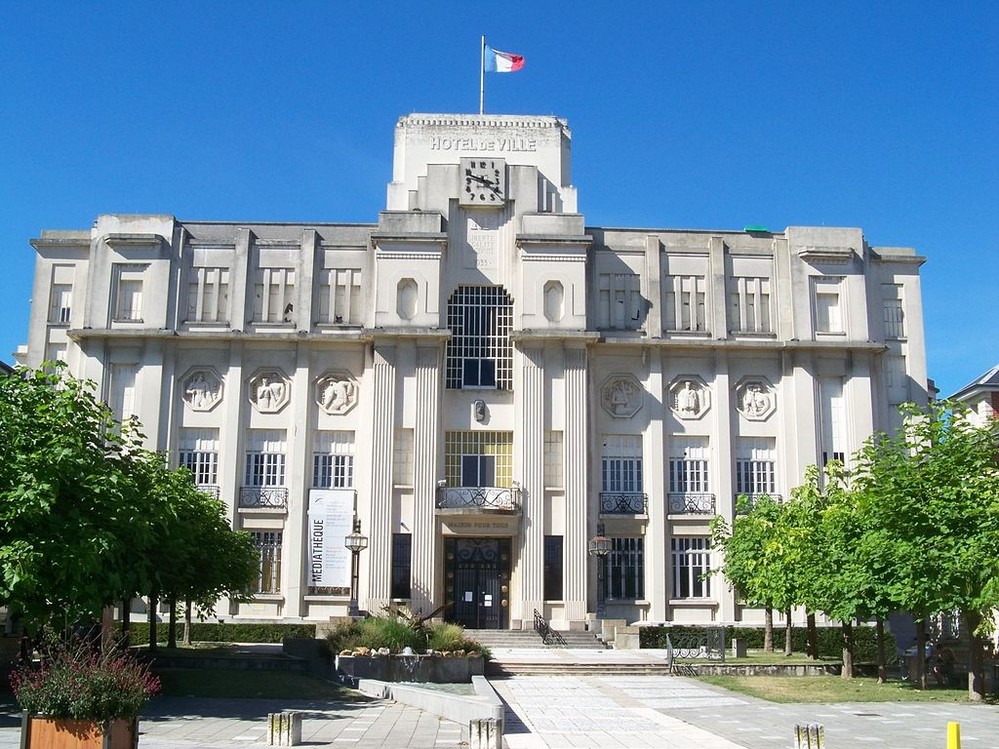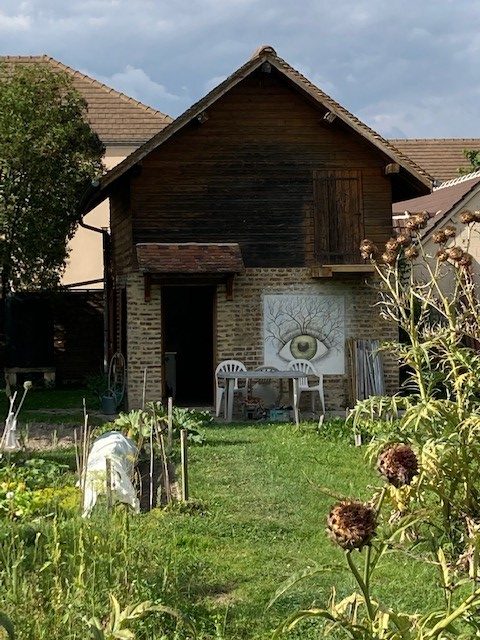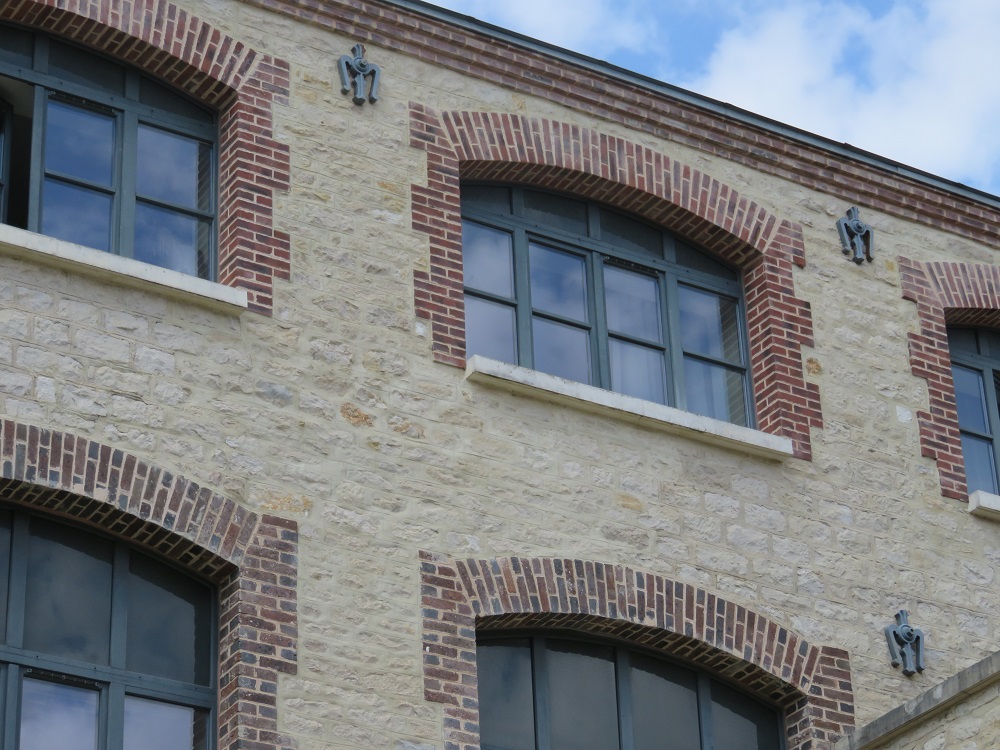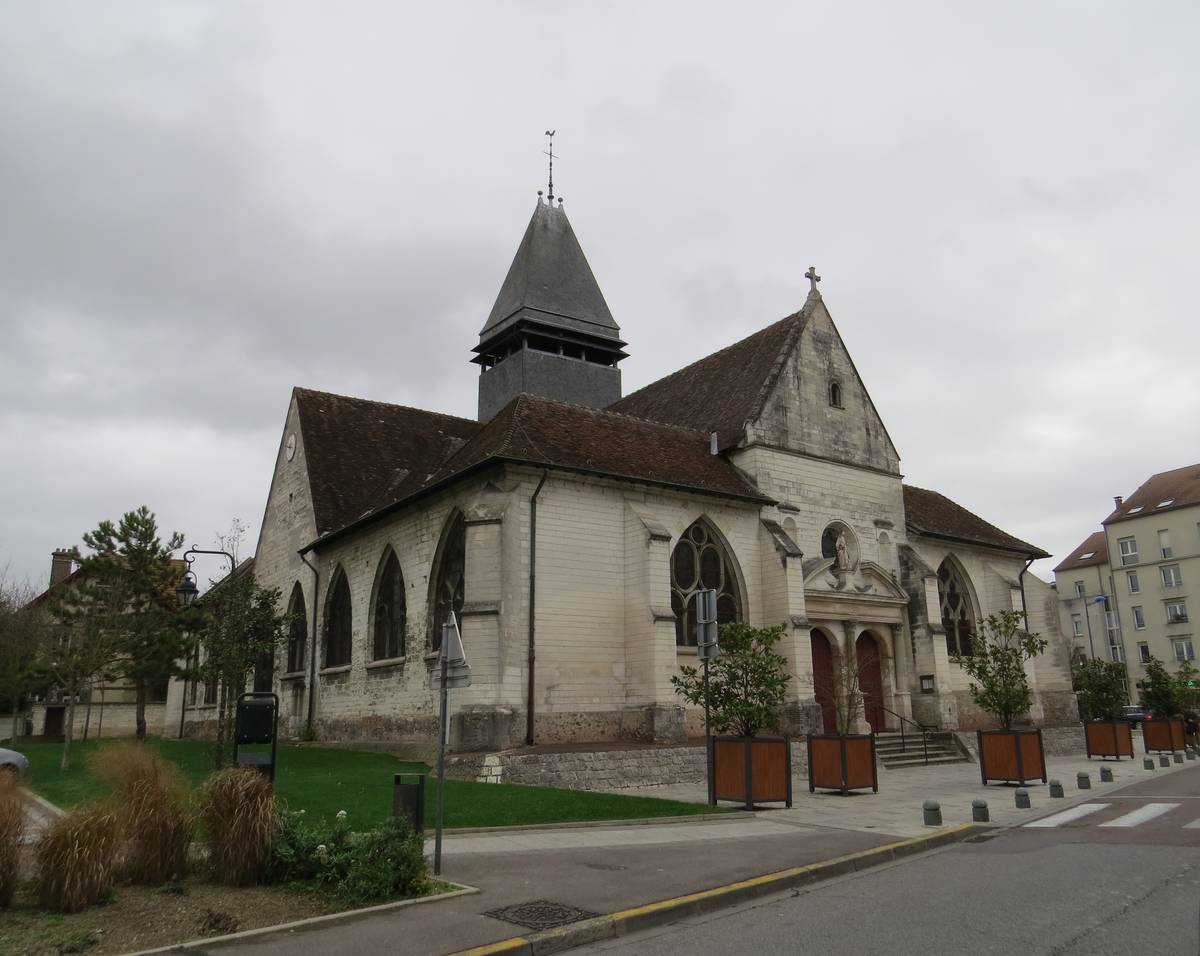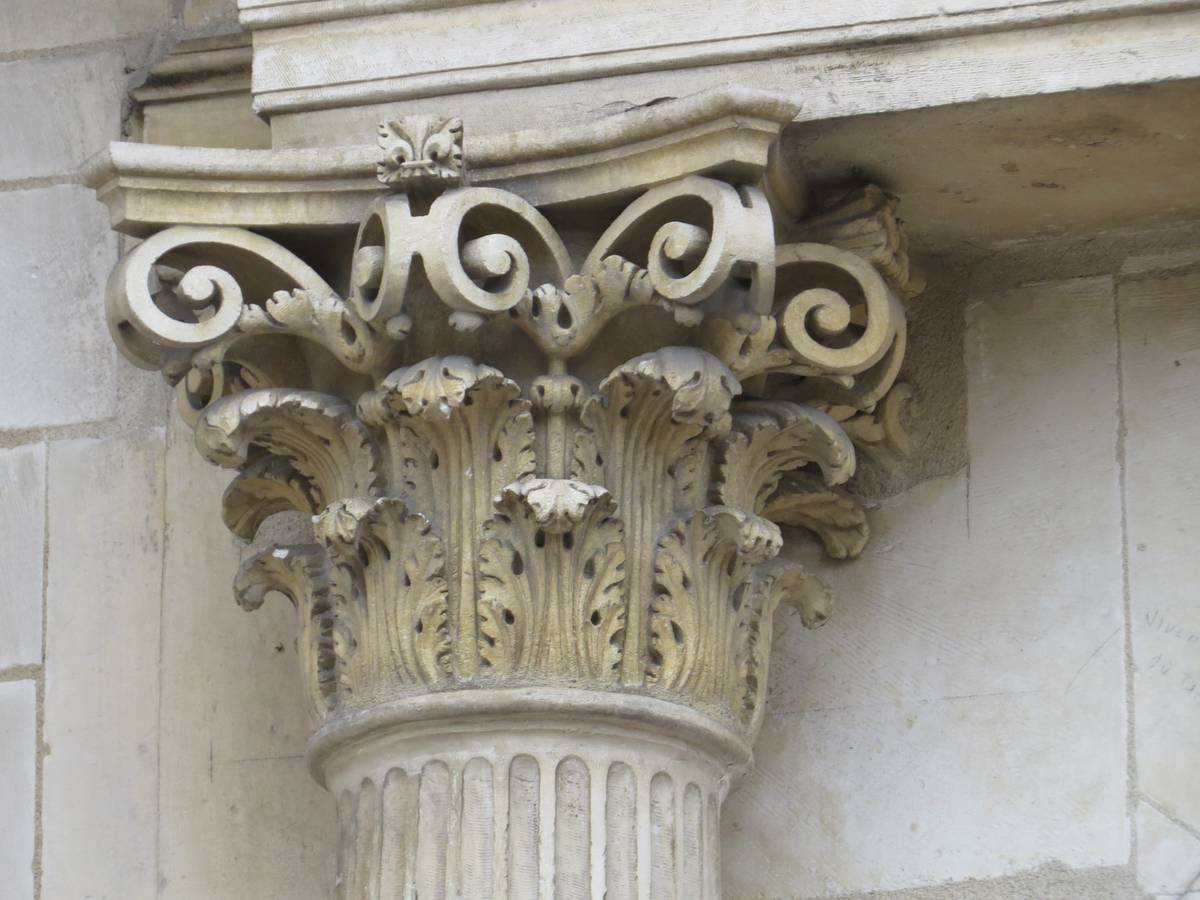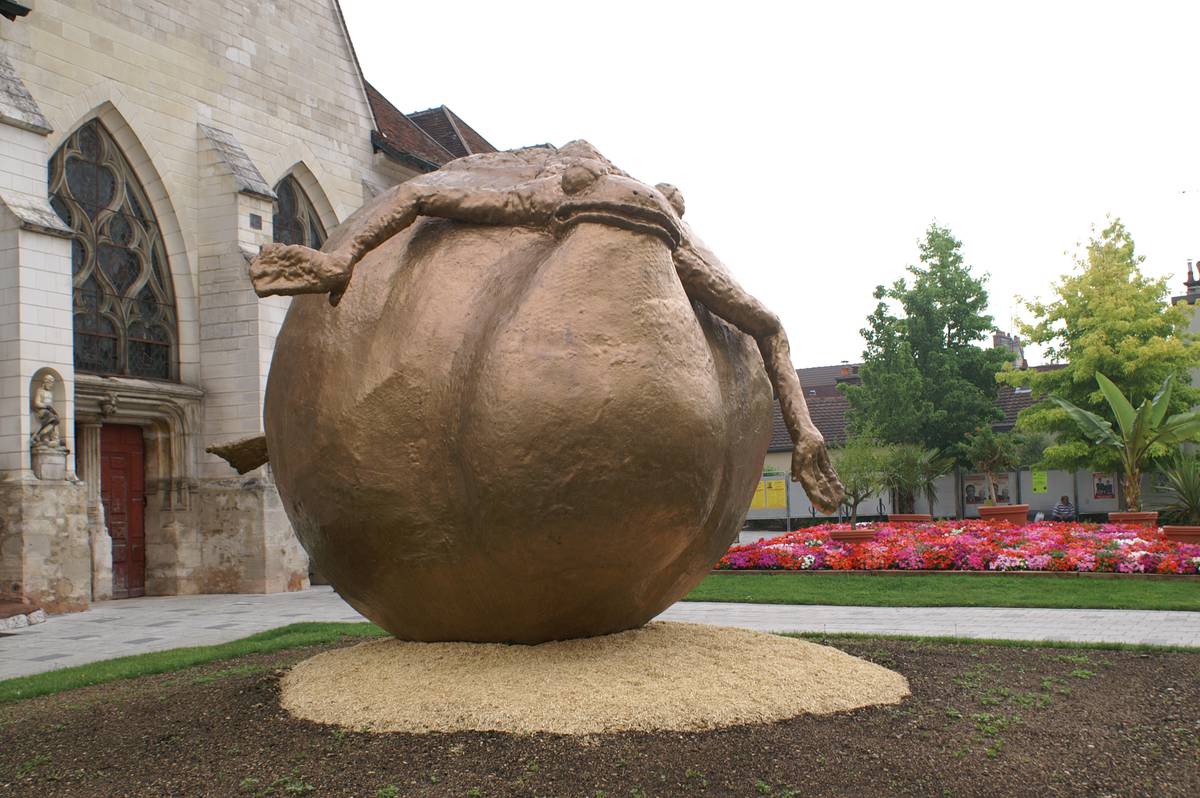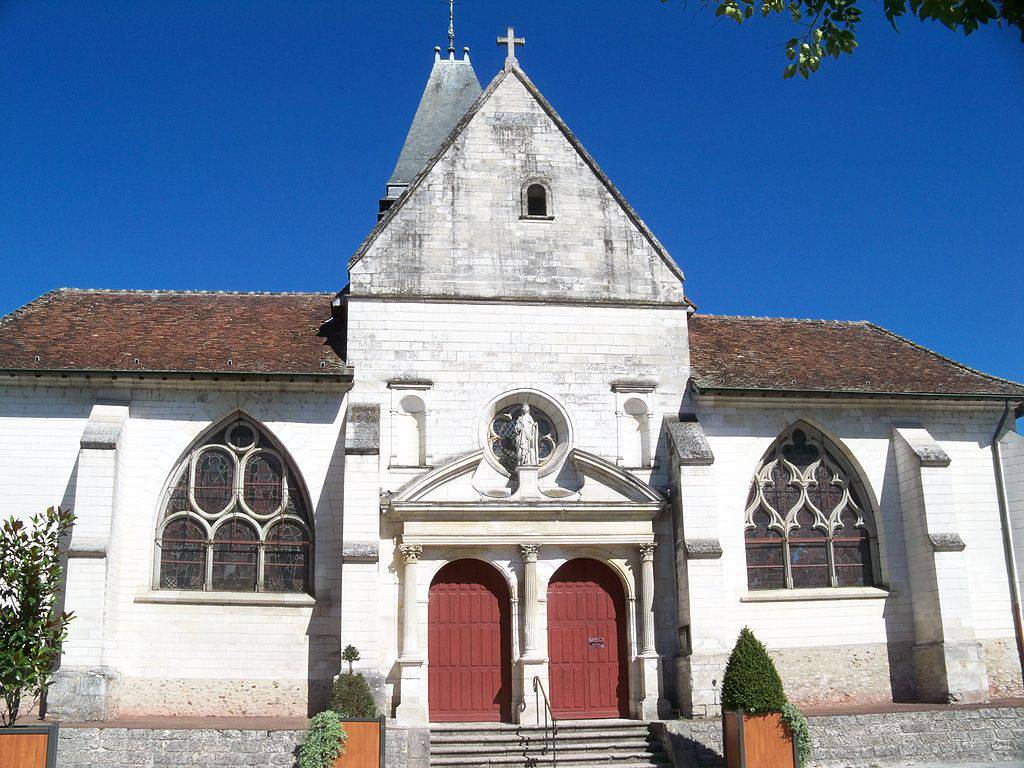This commune covers an area of 7.5km², and has nearly 10,185 inhabitants who are known as ‘Saviniens’. It is adjacent to Saint-André, La Chapelle-Saint-Luc, La Rivière-de-corps, Les Noës and Troyes and is about 1km from the city centre. Located in the western suburbs, it is reached via the ring road and is 7km from junction 20 (Torvilliers) of the A5 from Paris.
Sainte-Savine is known for both its social and economic vitality. The main road through the town, Avenue Galleni, has numerous shops. The town hosts many cultural events, both outdoors and in the 700-seater performance venue located in the ‘Maison pour Tous’.
This building, which has recently been restored, dates from 1932-35 and has been classified as an historic monument since 2007. Community life is important in Sainte-Savine, and is supported by various many organisations including the ‘La Maison des Viennes’ community centre. The Viennes Greenway goes through the commune and is a pleasant walk through this floral town, which has been awarded three flowers by the Villes et Villages Fleuris organisation.
Inhabited since at least the Celtic period, Sainte-Savine has developed over the centuries from a rural village to an industrial village, and is now a great place to live. It owes its name to the sister of a young Greek man called Savinien, who was decapitated close to Troyes.
Savine arrived too late and died in this village that now bears her name. The church in the town is dedicated to her. Destroyed and subsequently rebuilt, it dates from the 16th century, as do its stained-glass windows. The building and its windows have been classified as historic monuments since the beginning of the 20th century.
The church is almost a ‘hall church’, because the difference in height between the nave and the aisles is minimal and their size is largely the same. The West Door dates from 1611.
It has two arches that are framed by fluted columns with Corinthian capitals and a curved pediment, which is divided into two sections leaving space in the middle for a 14th-century statue of the Virgin Mary. The whole demonstrates the integration of 17th-century Greco-Roman influences – known as ‘classical style’ – into a religious building that was built a century earlier.
Sainte-Savine takes pride in preserving its history, and especially its industrial heritage. Workers cottages, bourgeoise houses and factories – like that at 10 Rue Benoit Malon – may be included in an architecture and heritage conservation area, or Aire de Mise en Valeur de l’Architecture et du Patrimoine (AVAP) which is currently being considered.
In the cemetery, an obelisk with an iron cockerel records the names of those who died in combat. It is inscribed, ‘To the children of Sainte-Savine and Rivière de Corps, victims of an imperfect society – War against war,’ which makes it one of the ‘pacifist’ war memorials that oppose the glorification of war.
TO FIND OUT MORE
>>> Commune website
>>> Accomodation
>>> Catering
>>> Shops and services
